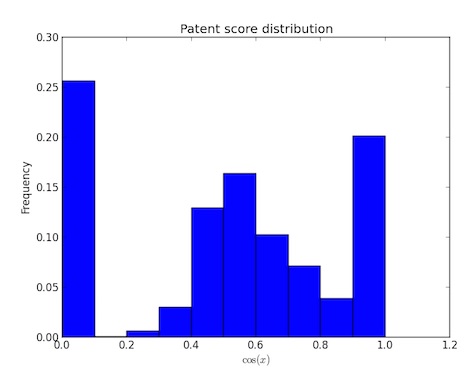Project Lead: Matthew Denes (Finance and Business Economics)
eScience Liaison: Andrew Whitaker
One of the key drivers of long-term economic growth studied in economics and finance is technological innovation. A common proxy of innovative activity is patents. Patents provide researchers with a clear and well-recorded measure of innovation, where the number of patents and patent citations are argued to quantify the scale and novelty of a company’s innovation, respectively (Kogan et al. (2012)). Two main datasets on patents are utilized by researchers. First, the National Bureau of Economic Research (NBER) data file was the first link between public U.S. firms and patent count and citation data (Hall et al. (2001)) from 1976-2006, which was extended and updated by Kogan et al. (2012) from 1926-2010. Second, Harvard’s Patent Network Dataverse applies the Torvik-Smalheiser disambiguation algorithm to identify patent inventors (Lai et al. (2012)), since the spelling of an inventor’s name may differ for the same person (for example, missing a middle initial).

